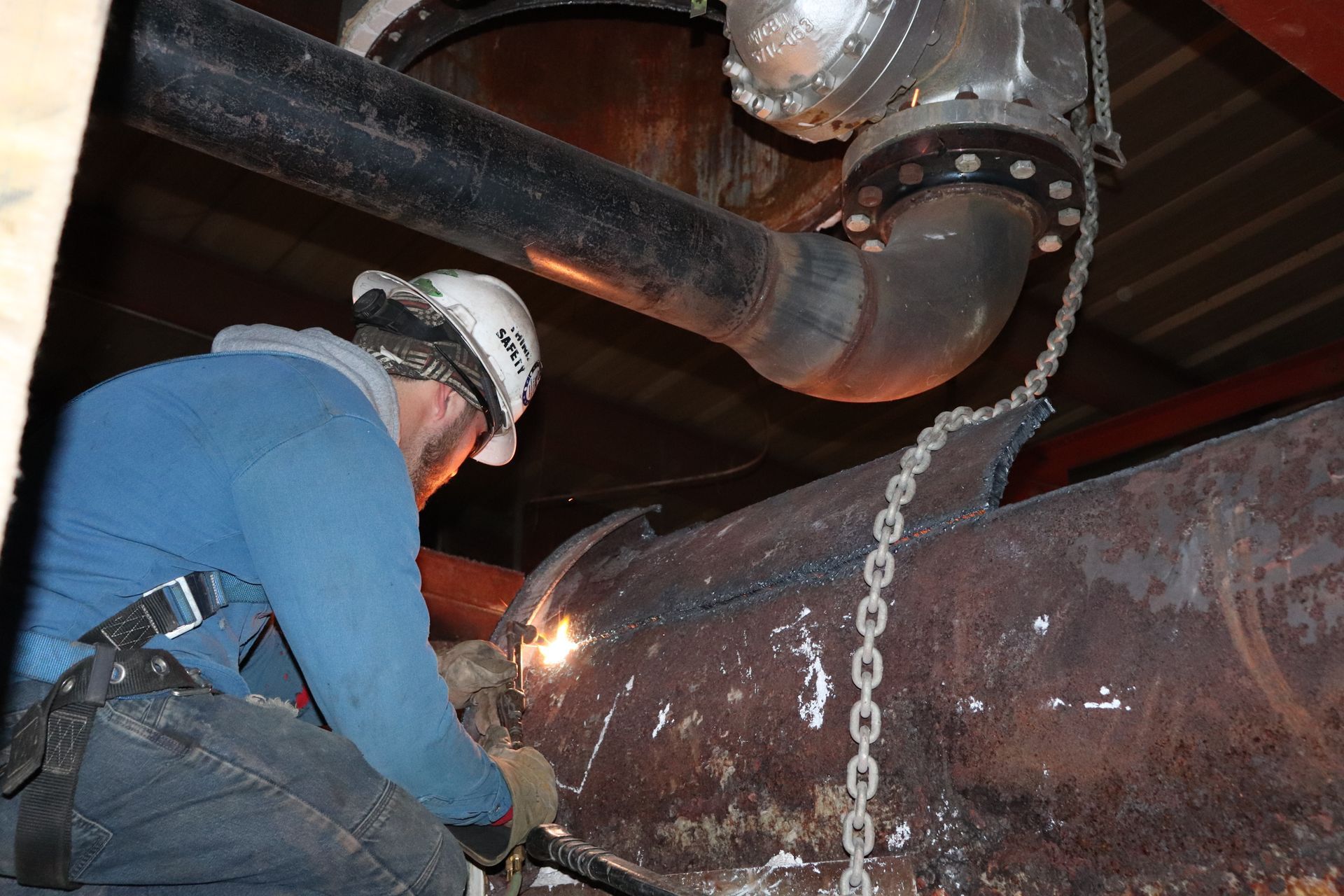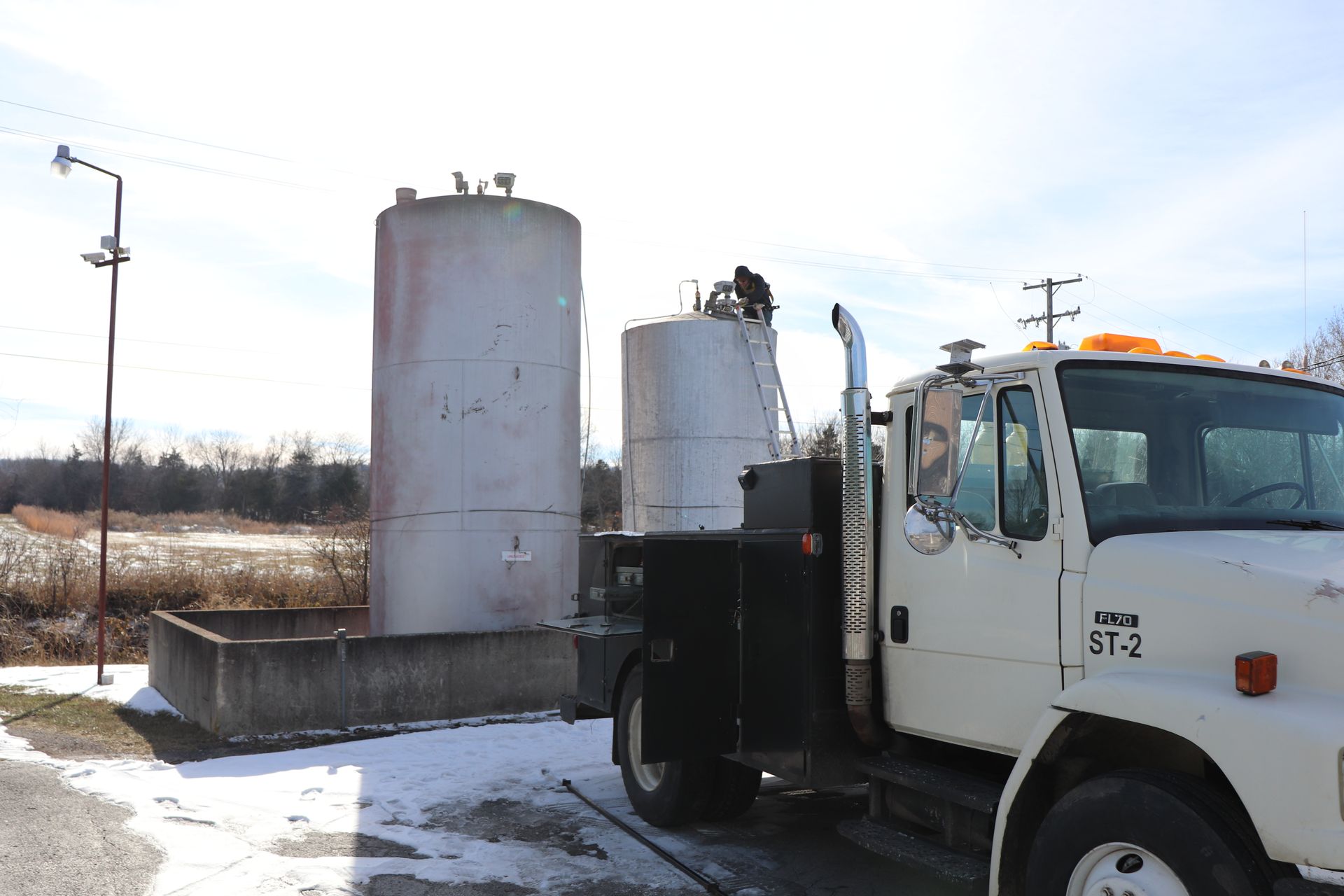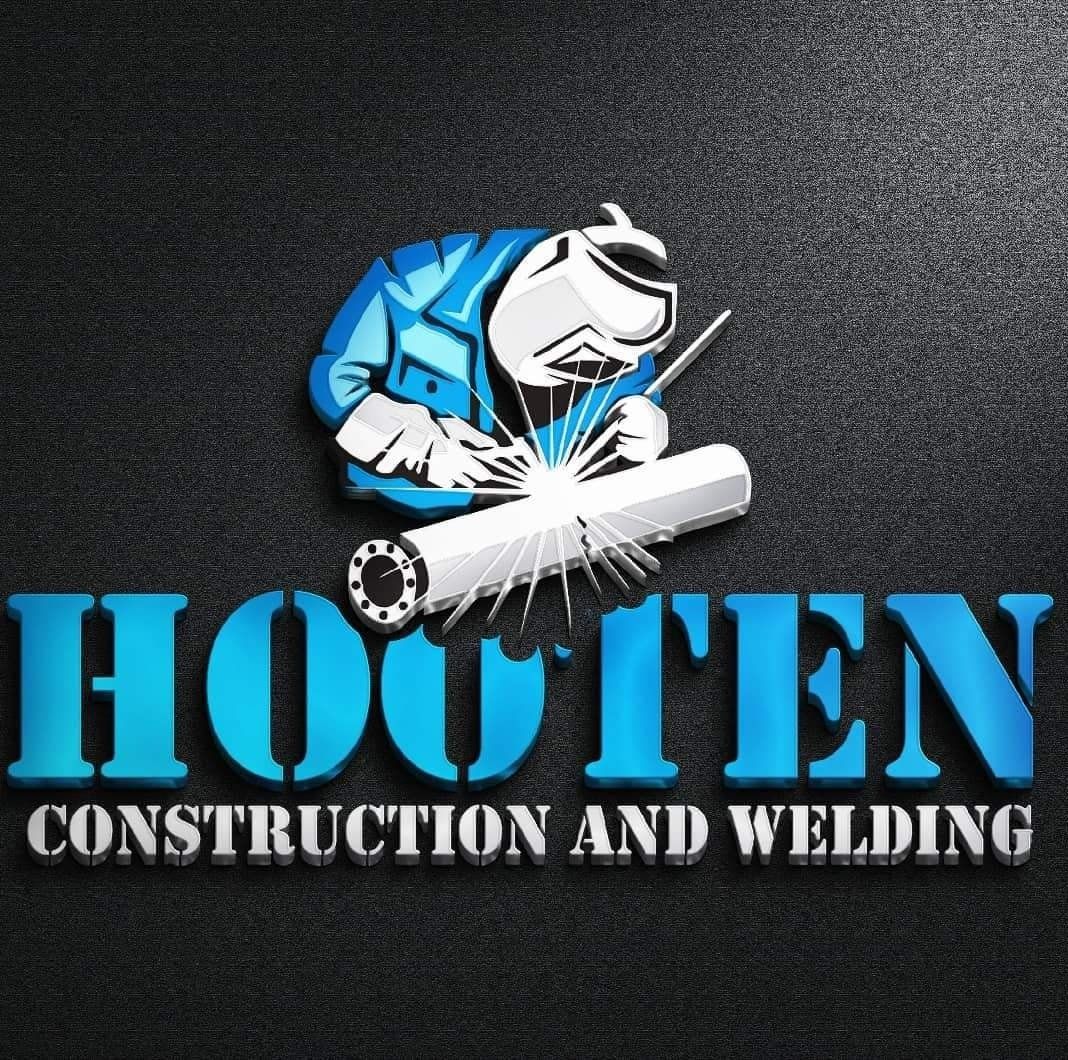Blog
Contact Us
Thank you for contacting us.
We will get back to you as soon as possible.
We will get back to you as soon as possible.
Oops, there was an error sending your message.
Please try again later.
Please try again later.

By Dustin Hooten
•
January 8, 2023
Welding and cutting steel are skills that can be used in a variety of applications, from automotive repair to construction to sculpture. Whether you are a beginner or an experienced welder, it is important to understand the principles and techniques involved in welding and cutting steel in order to produce strong, safe, and high-quality work. This guide is designed to provide a comprehensive introduction to welding and cutting steel for beginners. It covers the following topics: Welding and cutting safety Welding and cutting equipment Types of welding and cutting processes Preparing steel for welding and cutting Welding and cutting techniques Finishing and post-weld treatment Common welding and cutting defects Tips for successful welding and cutting Welding and cutting projects for beginners Continuing your education in welding and cutting Welding and cutting safety Welding and cutting steel can be dangerous activities if proper precautions are not taken. It is important to follow all safety guidelines and use personal protective equipment (PPE) when welding or cutting steel. PPE includes items such as a welding helmet, gloves, and fire-resistant clothing. In addition to using PPE, it is important to work in a well-ventilated area to avoid inhaling welding fumes. Welding fumes can contain harmful substances that can cause respiratory problems if inhaled over a long period of time. It is also important to keep a fire extinguisher nearby in case of accidental fires. Welding and cutting equipment There are many different types of equipment that can be used for welding and cutting steel. The most basic equipment needed for welding and cutting steel includes a power source, a welding or cutting torch, and protective gear. Power sources for welding and cutting steel include electric current (AC or DC), gas, or a combination of the two. The type of power source you choose will depend on the type of welding or cutting process you are using and the materials you are working with. Welding and cutting torches come in a variety of styles and sizes. The type of torch you need will depend on the welding or cutting process you are using and the thickness and type of steel you are working with. Protective gear for welding and cutting includes a welding helmet, gloves, and fire-resistant clothing. It is important to wear these items to protect yourself from the heat, sparks, and other hazards associated with welding and cutting steel. Types of welding and cutting processes There are many different types of welding and cutting processes that can be used to join or cut steel. Some common welding processes include: Shielded metal arc welding (SMAW): This process uses an electric arc to melt and join steel. Gas metal arc welding (GMAW): This process uses an electric arc and a continuous wire feed to melt and join steel. Flux-cored arc welding (FCAW): This process is similar to GMAW, but it uses a special wire with a flux core that melts and forms a protective shield around the weld. Tungsten inert gas welding (TIG): This process uses a non-consumable tungsten electrode to create an electric arc and melt the steel. Some common cutting processes include: Oxy-fuel cutting: This process uses a combination of oxygen and fuel gas to cut steel. Plasma cutting: This process uses a high-velocity stream of ionized gas (plasma) to cut steel. Laser cutting: This process uses a focused beam of high-energy light to cut steel. Preparing steel for welding and cutting Before you begin welding or cutting steel, it is important to properly prepare the steel by cleaning it and removing any paint, rust, or dirt that may be present. This will help ensure a strong and high-quality weld or cut. To prepare steel for welding or cutting, you can use a grinder or sandpaper to remove any rough edges or burrs. You can also use a wire brush or chemical cleaner to remove any dirt, rust, or paint. If you are welding steel, it is important to make sure that the edges of the steel are properly aligned and fit together tightly. This will help ensure a strong and stable weld. Welding and cutting techniques There are many different techniques that can be used for welding and cutting steel. The technique you choose will depend on the type of welding or cutting process you are using and the thickness and type of steel you are working with. For welding, it is important to maintain a consistent arc length and welding speed. This will help ensure a strong and even weld. It is also important to use the correct filler material and follow the recommended preheat and post-weld heat treatment procedures for the specific steel you are working with. For cutting, it is important to maintain a consistent cutting speed and gas flow rate. It is also important to use the correct cutting torch tip size and follow the recommended preheat and post-cut heat treatment procedures for the specific steel you are working with. Finishing and post-weld treatment After you have completed a weld or cut, it is important to properly finish and treat the steel to ensure a high-quality and long-lasting result. For welding, this may include grinding or sanding the weld to remove any excess weld material and create a smooth, even surface. You may also need to apply a post-weld heat treatment to the weld to relieve any stress and improve the strength of the weld. For cutting, this may include cleaning the cut edge of the steel to remove any slag or debris. You may also need to apply a post-cut heat treatment to the cut edge to improve the strength and stability of the steel. Common welding and cutting defects There are several common defects that can occur when welding or cutting steel, including: Porosity: Small voids or bubbles in the weld that can weaken the weld and reduce its strength. Undercut: A groove or depression in the base metal that occurs when the weld metal does not completely fill the joint. Overlap: A protrusion or bump in the weld that occurs when the weld metal extends beyond the edges of the base metal. Warping: Distortion or bending of the steel caused by the heat of the welding or cutting process. To avoid these defects, it is important to use the correct welding or cutting technique and equipment, maintain a consistent arc length and welding speed, and follow the recommended preheat and post-weld/cut heat treatment procedures. Tips for successful welding and cutting Here are a few tips for successful welding and cutting: Practice makes perfect: The more you weld and cut, the better you will become at it. Use the right equipment: Make sure you have the correct welding or cutting torch, power source, and protective gear for the job. Follow safety guidelines: Always wear the appropriate protective gear and work in a well-ventilated area. Prepare the steel properly: Clean and remove any dirt, rust, or paint from the steel before welding or cutting. Properly align and fit the edges of the steel together if you are welding. Maintain a consistent arc length and welding/cutting speed: This will help ensure a strong and even weld or cut. Use the correct filler material and follow recommended preheat and post-weld/cut heat treatment procedures: These will help ensure the strength and quality of the weld or cut. Grind or sand the weld or cut edge to remove any excess material and create a smooth surface: This will improve the appearance and strength of the weld or cut. Welding and cutting projects for beginners If you are a beginner to welding and cutting, here are a few simple projects you can try: Welding a small metal sculpture or decorative piece: This can be a fun and creative way to practice your welding skills. Cutting and welding a metal planter or garden trellis: This can be a useful and practical project that also allows you to practice your skills. Welding and cutting a simple metal frame or structure: This could be a small shed, a bike rack, or any other simple metal structure. Continuing your education in welding and cutting There are many resources available for those who want to continue learning and improving their welding and cutting skills. Here are a few suggestions: Take a welding or cutting class: Many community colleges and vocational schools offer welding and cutting classes for beginners and advanced students. Read welding and cutting books and online articles: There are many books and online articles that cover the principles and techniques of welding and cutting. Watch welding and cutting videos: There are many videos available online that demonstrate different welding and cutting processes and techniques. Practice, practice, practice: The more you weld and cut, the better you will become at it. Try new techniques and projects to continue learning and improving your skills.

By Dustin Hooten
•
January 6, 2023
The construction and welding industry are essential to the infrastructure and development of our society. From building roads and bridges to constructing residential and commercial buildings, these industries play a vital role in shaping our communities and improving our daily lives. However, these industries are also known for their inherent dangers, with construction and welding workers exposed to a range of risks that can lead to serious injuries or fatalities. Therefore, safety is of the utmost importance in these industries, and it is crucial for workers, employers, and stakeholders to prioritize the protection of workers and ensure that safety measures are put in place to minimize the risk of accidents and injuries. Construction workers face a wide range of hazards, including falls, being struck by falling objects, electrocution, and more. Welding, in particular, poses additional risks, including burns, eye injuries, and exposure to harmful chemicals. The Occupational Safety and Health Administration (OSHA) estimates that over 4,000 construction workers die each year due to work-related injuries, and thousands more are injured or become ill as a result of their work. The risks associated with construction and welding work are not limited to the workers themselves. Other individuals, including pedestrians, passersby, and even drivers, can be affected by accidents on construction sites. For example, a falling object could strike a pedestrian walking by a construction site, or a vehicle could be involved in a collision with a construction vehicle. These incidents can lead to serious injuries or fatalities for those involved, and they can also result in costly legal and financial implications for the construction company and its workers. In order to prevent these types of accidents and injuries, it is essential that safety measures are implemented and followed on construction and welding sites. Some of the key safety measures that should be put in place include: Training and education: Workers in the construction and welding industry should be trained and educated on the risks associated with their work and the safety measures that are in place to minimize those risks. This includes training on the use of personal protective equipment (PPE), such as hard hats, safety glasses, and earplugs, as well as training on the proper handling and use of tools and equipment. Risk assessment: Employers should conduct regular risk assessments to identify potential hazards on the construction or welding site and take steps to mitigate those risks. This may include installing barriers or fencing around the site, implementing safety procedures for handling hazardous materials, and providing workers with the necessary PPE. Safety equipment: Providing workers with the necessary safety equipment is essential to protecting them from injuries. This includes items such as hard hats, safety glasses, earplugs, and respirators, as well as more specialized equipment, such as fall protection gear and flame-resistant clothing. Communication: Good communication is crucial for ensuring the safety of workers on a construction or welding site. Workers should be able to communicate with their supervisors and colleagues about any safety concerns they have and should be aware of any potential hazards on the site. Employers should also ensure that workers have access to emergency procedures and equipment in case of an accident or injury. First aid and emergency response: Every construction and welding site should have a designated first aid station and trained first responders on hand to provide immediate medical attention in case of an accident or injury. Employers should also have a plan in place for responding to emergencies, including evacuating the site and providing medical care to injured workers. In addition to implementing safety measures on the job site, it is also important for workers to be proactive about their own safety. This includes following safety procedures and using PPE as required, as well as being alert and aware of their surroundings and any potential hazards. Workers should also be aware of the signs
Quick Links
Contact Information
Address: 9909 Lawrence 1132 , Mount Vernon, MO, United States, Missouri
Phone: (417) 440-8122
Email: admin@hootencw.com
Licensed and insured
Business Hours
- Mon - Fri
- -
- Sat - Sun
- Closed






Content, including images, displayed on this website is protected by copyright laws. Downloading, republication, retransmission or reproduction of content on this website is strictly prohibited. Terms of Use
| Privacy Policy
